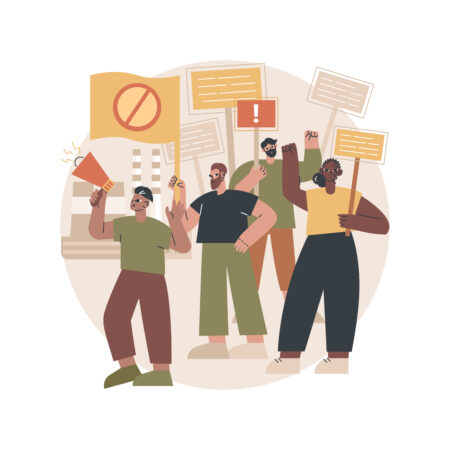Launched in 2016, prior to the Soccer competition (Euro 2016), the terror attacks alert app shuts down. The French government will now rely on social networks (namely Facebook and Twitter) as well as Google. Is it a blow for digital sovereignty or a logical update? Could there be another option?
A good idea, at first
SAIP (Système d’Alerte et d’Information des Populations) seemed like a very good idea, at first. An app to warn the population in the event of terrorist attacks and disasters. The feature of interest was the localized alert. Warn bystanders: yes. Trigger a national panic: no. Besides, that offered the possibility to trigger various alerts in case of multiple attacks.
A doomed app
It cost 300,000€ to develop and collected mishaps. To begin with, it wasn’t massively adopted by users. A meager 500 000 users downloaded it (French population: 66 million). It was crippled by false alarms and failed to warn the population during real attacks.
During the Nice terror attacks, messages started to arrive over two hours after the attack had ended.
Sometimes, a message was sent but without mention of the place of the attack. Also some training exercises were displayed as real attacks.
It was not all the app’s fault though. During the Nice attack, the server was down. What was more disturbing was that for such a major system, there were no extra servers.
Pulling the plug on SAIP
Last Tuesday, on May, 29th, the French government decided not to renew the contract with Deveryware, the editor of the app. In its place, it will rely on social networks.
A new account was opened on Twitter to relay major events altering public safety (+46 000 followers in two days). Facebook’s “safety check” will alert its users during a crisis (and tell family and friend if all is fine). Google will provide information whenever a search is made on the crisis.
Are social networks any better?
Each solution has its drawbacks. The Twitter one is global. All are warned regardless of their position. All? Well, not quite. Only about a third of the French population is on Twitter and the algorithm prevents reaching all the followers.
The Facebook Safety Check is activated only after so many users have posted an update regarding the crisis. It may be too late.
The Google search means the user is already aware of the emergency. This will not warn him/her.
Relying on (foreign) social platforms is a clear shortcoming in digital sovereignty. In neither case does the alert launcher have full control over the reach of the information.
The other ways
Social networks are the cheapest alternative but there are alternative ways.
Other European countries have already embraced global alert systems. Germany, Italy, only to name a few, have turned to “cell broadcast”. It relies on good old text messages. It has interesting advantages compared to the other solutions. First, text messages do get through even when signal is weak (try to get a notification on your smartphone on an Edge network). Second, people without a smartphone are not left out. Third, telephone relay services can be selectively activated. This means only the people in the crisis area get the message.
Some French Tech startups have not waited after SAIP’s demise to work on solutions on their own. We recently covered WaryMe: an app to selectively warn people and launch crisis plans in designated areas. They make no secret of the fact they wish to expand those zones and, who knows, become the next global alert system in France.
Temporary gap?
Is this fallback on social networks a long-term strategy or a temporary decision?
Six years separate us from the next Olympic Games in France. It’s likely another solution will come up before then. Six years to develop and regain sovereignty in the face of emergencies.
Did you like it? 4.5/5 (30)








